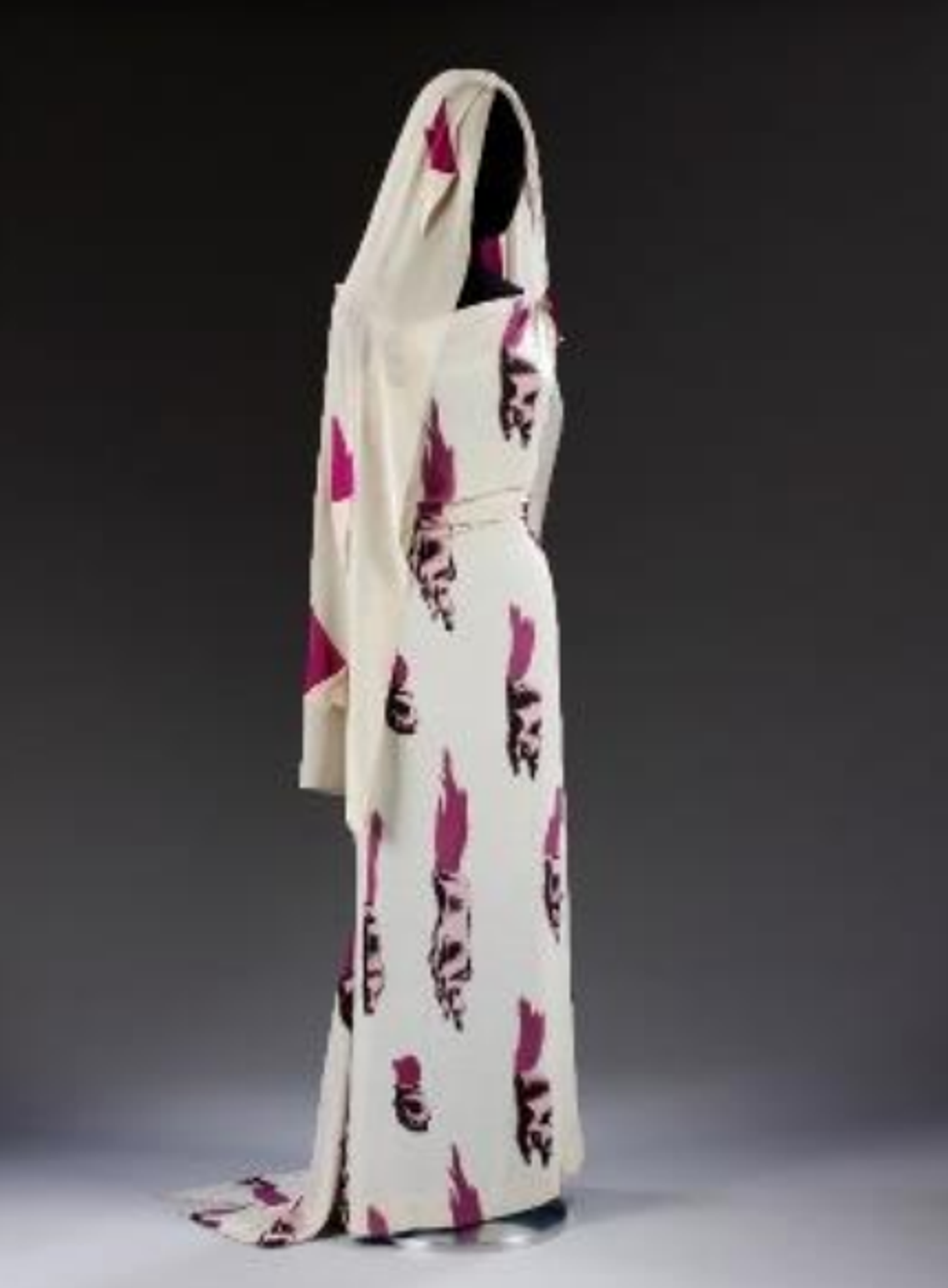PRIME MINISTER Boris Johnson will unveil the latest easing of Britain's coronavirus lockdown on Tuesday (23) when he will also announce the conclusion of a review into whether a two-metre rule on social distancing should be relaxed, his office said.
Britain's economy has been hammered by the lockdown to stop the spread of Covid-19 and although non-essential retailers were allowed to reopen last Monday, many businesses, particularly in the hospitality and leisure sectors, have remained closed.
Some lawmakers in Johnson's party have been vocal in calling for him to drop the two-metre rule saying it was having a devastating impact on the economy which shrank by a quarter over March and April. But the government has been cautious, saying it did not want to risk a second spike in novel coronavirus cases.
Johnson's office said the prime minister would tell parliament on Tuesday which sectors would be allowed to reopen on July 4 under the government's roadmap out of the lockdown. Detailed guidance would be provided to each sector so businesses were "Covid secure".
The Sunday Telegraph reported that Johnson would also announce a change to the social distancing guidelines so people would only need to remain one metre apart providing they took additional measures such as wearing a mask.
Britain has one of the highest death tolls in the world from COVID-19, but the number of cases has been steadily falling in recent weeks. The death toll on Sunday of confirmed cases rose by 43 to 42,632, one of the lowest increases since the lockdown was imposed in March.
"The disease is increasingly under control," Johnson said on Sunday. "Of course as we make that progress, it will be possible for us to open up more. On social distancing, watch this space and you won't have very much more to wait now."
Health Secretary Matt Hancock said there were possible mitigations that could allow people to be closer than two metres while limiting the risk of spreading the virus. He said he would not rule out people having to register their details before going to a pub or a restaurant.
A spokeswoman for Johnson said it was important that people followed the social distancing rules as they were eased and they would "not hesitate" to put the handbrake on.
London City Airport reopens
London City Airport received its first commercial flight in nearly three months Sunday as Britain moved another step closer to fully emerging from its coronavirus lockdown on July 4.
The gateway to the once-bustling Canary Warf and City financial districts welcomed a short flight from the Isle of Man in the Irish Sea.
The small turboprop plane's landing and quick departure for its return leg was the only one scheduled -- but officials could hardly sound more pleased.
"This clear early demand from our passengers to get back to flying is really encouraging," airport chief executive Robert Sinclair said.
Initial routes will be domestic because of international travel restrictions and only a handful of destinations will be served in the first weeks.
London businesses are also unhappy with the government's divisive decision to impose 14-day quarantines on most people arriving in Britain.
"Both blanket Foreign Office advice not to travel abroad and the mandatory two-week quarantine for all arrivals into the UK should be limited to the highest risk countries," the London First business lobby said on the airport's website.
Heathrow and London's smaller Gatwick and Stansted airports remained partially open throughout the crisis.
















 Vogue 1940; Designer Elsa Schiaparelli wearing black silk dress with crocheted collar of her own design and a turbanFredrich Baker/Condé Nast via Getty Images
Vogue 1940; Designer Elsa Schiaparelli wearing black silk dress with crocheted collar of her own design and a turbanFredrich Baker/Condé Nast via Getty Images 'Tears' Evening dress and head veil, designed by Elsa Schiaparelli, February 1938 for Circus Collection, summer 1938. Fabric designed by Salvador Dali Victoria and Albert Museum, London
'Tears' Evening dress and head veil, designed by Elsa Schiaparelli, February 1938 for Circus Collection, summer 1938. Fabric designed by Salvador Dali Victoria and Albert Museum, London Natasha Poonawalla attends The 2022 Met GalaGetty Images
Natasha Poonawalla attends The 2022 Met GalaGetty Images  Vogue 1936; Two models, standing in a white room with arrows painted on walls and wearing dresses by Schiaparelli;Cecil Beaton/Condé Nast via Getty Images
Vogue 1936; Two models, standing in a white room with arrows painted on walls and wearing dresses by Schiaparelli;Cecil Beaton/Condé Nast via Getty Images


 Many of these beaches are tidal and best enjoyed at low tideiStock
Many of these beaches are tidal and best enjoyed at low tideiStock It’s also unofficially clothing-optionaliStock
It’s also unofficially clothing-optionaliStock Framed by the turquoise seaiStock
Framed by the turquoise seaiStock It’s best visited early or late in the dayiStock
It’s best visited early or late in the dayiStock